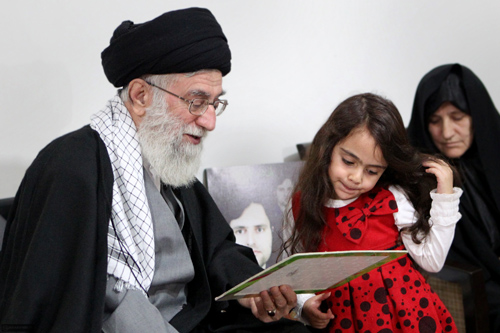444 Days (The Hostage Crisis in Retrospect)
November 19th, 2016
Two weeks after the admission of Mohammad Reza Shah into the United States under the pretense of his seeking medical treatment, Iran became the scene of massive anti-US protests. The protesters berated the US for offering refuge to a dictator that it had also supported for so many years. Soon after, a group of university students decided to take over the US embassy in Tehran.
There were a couple of reasons that prompted those students to do what they did. Firstly, US interference in Iranian affairs was so widespread it even included determining local officials. Secondly, it was perhaps the 1953 coup d’état against Prime Minister Mosaddeq’s government that dealt the heaviest blow to US credibility with the Iranian people.
While the US and some other countries condemned the move, most of the political groups in Iran supported it, particularly after Imam Khomeini threw his weight behind the students. Embassy staff began destroying all the documents by feeding them to a shredder. Still, the students managed to painstakingly piece the shreds together and recover sensitive information.
In one document, an embassy staff member, a man named John Graves, suggested a plan to his Washington masters that included creating chaos in Iran and torpedoing the then-fledgling revolution.
What followed was completely unexpected. The Americans were left scratching their heads. More than 50 of their embassy staff members were being held hostage on the premises. A country that was once the anchor for their presence in the Middle East had now become one of the most serious enemies of American interventions around the world.
In the end, after 444 days, the Iranian Parliament ordered the release of the US Embassy staff.
Now after almost 30 years, four people at the heart of the events talk about their experience and voice their views in retrospect. Two former students and two former US officials that were held in Tehran.







